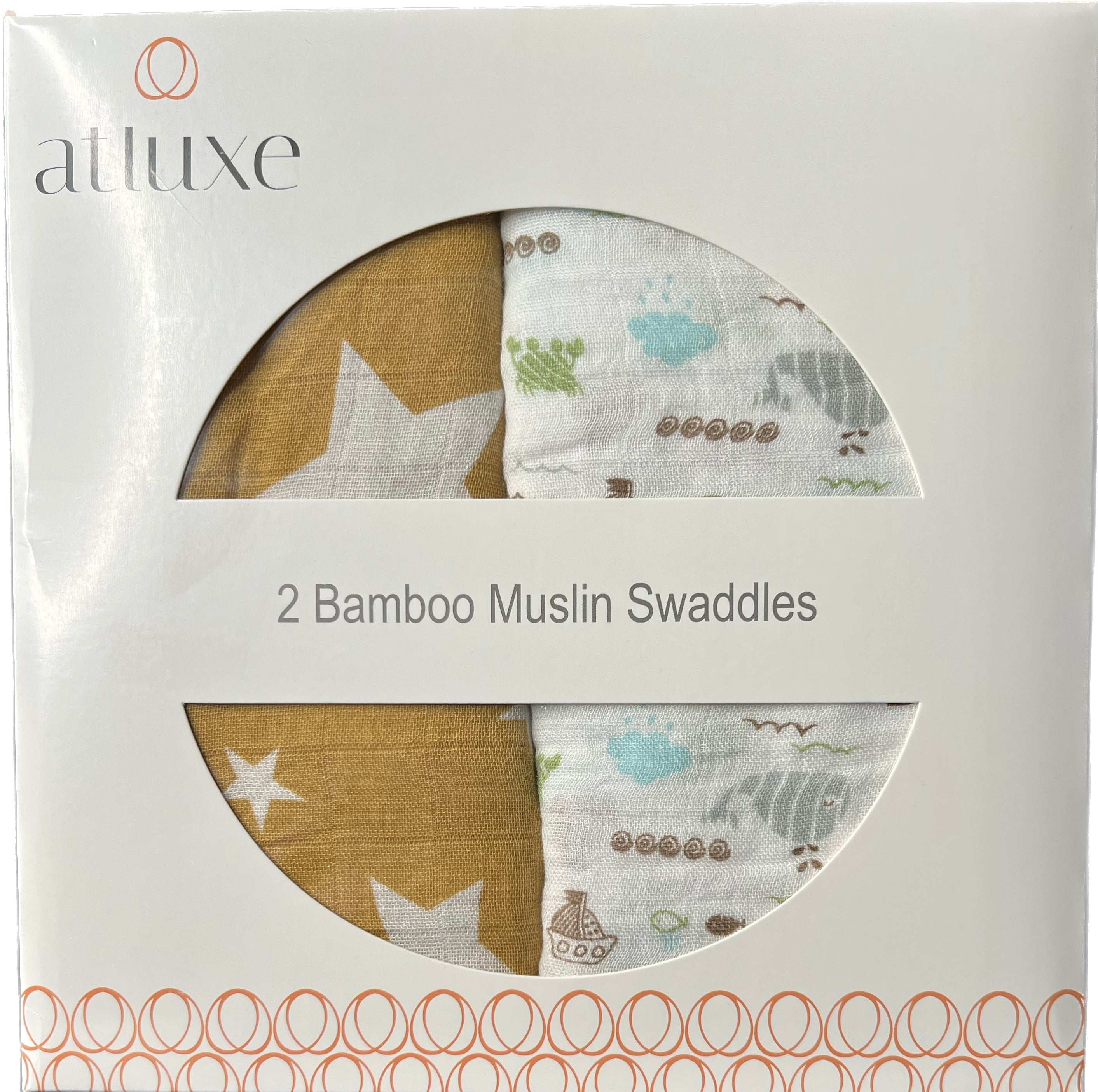In today’s world, the demand for sustainable products is on the rise. When it comes to bedding, consumers are looking for options that are not only comfortable but also eco-friendly. In this article, we’ll explore what makes bedding green and sustainable, examining materials, manufacturing processes, and certifications that can guide your choices.
Understanding Sustainable Materials
Learn about organic cotton, linen, hemp, and bamboo—materials that not only provide comfort but also have a lower environmental impact.
Organic cotton is grown without harmful pesticides and fertilizers, making it a safer choice for the planet. This type of cotton uses much less water compared to conventional cotton, which is a significant factor when considering sustainability.
Linen, derived from the flax plant, is not only biodegradable but also requires fewer resources to cultivate. With its natural resilience, linen bedding can last for years, further reducing your ecological footprint.
Hemp is another sustainable champion. It grows quickly and naturally suppresses weeds, which means there’s less need for chemicals during cultivation. Bedding made from hemp can be soft, durable, and extraordinarily breathable.
Bamboo is exceptional because it can thrive in diverse climates without much water. The process of turning bamboo into fabric is increasingly eco-friendly, using less energy and releasing fewer chemicals into the environment compared to traditional fabric sourcing.
The Importance of Eco-Friendly Manufacturing
Discover how manufacturing processes can impact sustainability, including water usage, chemical treatment, and energy consumption.
The journey from raw material to finished product can significantly affect the sustainability of bedding. Eco-friendly manufacturers are dedicated to reducing waste and optimizing their resource usage.
For instance, some companies utilize closed-loop processes that recycle water during manufacturing, thereby minimizing water waste. This is pivotal in areas where water scarcity is an issue.
Additionally, brands that avoid harmful chemicals during the dyeing and finishing processes contribute positively to the environment. This commitment helps to generate safer products for consumers and the planet alike.
Many eco-conscious manufacturers also harness renewable energy sources. Whether it’s solar power, wind energy, or other forms of sustainable energy, this approach significantly reduces their carbon footprint.
Recognizing Certifications and Labels
Familiarize yourself with certification labels, such as GOTS and OEKO-TEX, that indicate sustainable practices in bedding products.
The Global Organic Textile Standard (GOTS) is one of the leading certifications for organic textiles. It ensures that products are made from organic materials and produced in an environmentally and socially responsible manner.
OEKO-TEX certification is another important label, particularly for ensuring that fabrics are free from harmful substances. This provides peace of mind when selecting bedding that is both safe for your family and good for the planet.
In addition to these, look for certifications like Fair Trade, which guarantees that the products meet fair labor standards. These labels not only assure you about the eco-friendliness of the material but also about ethical manufacturing practices.
Understanding these certifications helps you make informed shopping decisions, ensuring you choose bedding that aligns with your values for sustainability and ethical responsibility.
The Impact of Recycling and Upcycling
Explore how choosing recycled or upcycled bedding can contribute to a circular economy and reduce waste in landfills.
Recycling in the textile industry is a growing trend. Brands are increasingly turning post-consumer textiles into new fabric, thus minimizing waste. By opting for bedding made from recycled materials, you support this movement towards sustainability.
Upcycling is another brilliant solution; it involves transforming discarded materials into something valuable. For example, old bed linens can be repurposed into pillowcases or quilts, granting them a second life and reducing the demand for new materials.
Engaging in these practices not only limits waste but also encourages a shift in consumer behavior towards more sustainable choices. The impact is magnified when we collectively choose products that reflect our desire for a greener future.
Simply supporting brands committed to recycling and upcycling can create positive ripples in the market, promoting more businesses to adopt sustainable practices and innovate their approaches to bedding.
Final Thoughts on Green Bedding
Choosing green bedding helps support a healthier planet and creates a more sustainable home environment. By understanding the materials and processes that contribute to sustainability, you can make informed choices that reflect your values and promote eco-conscious living.







Leave a comment